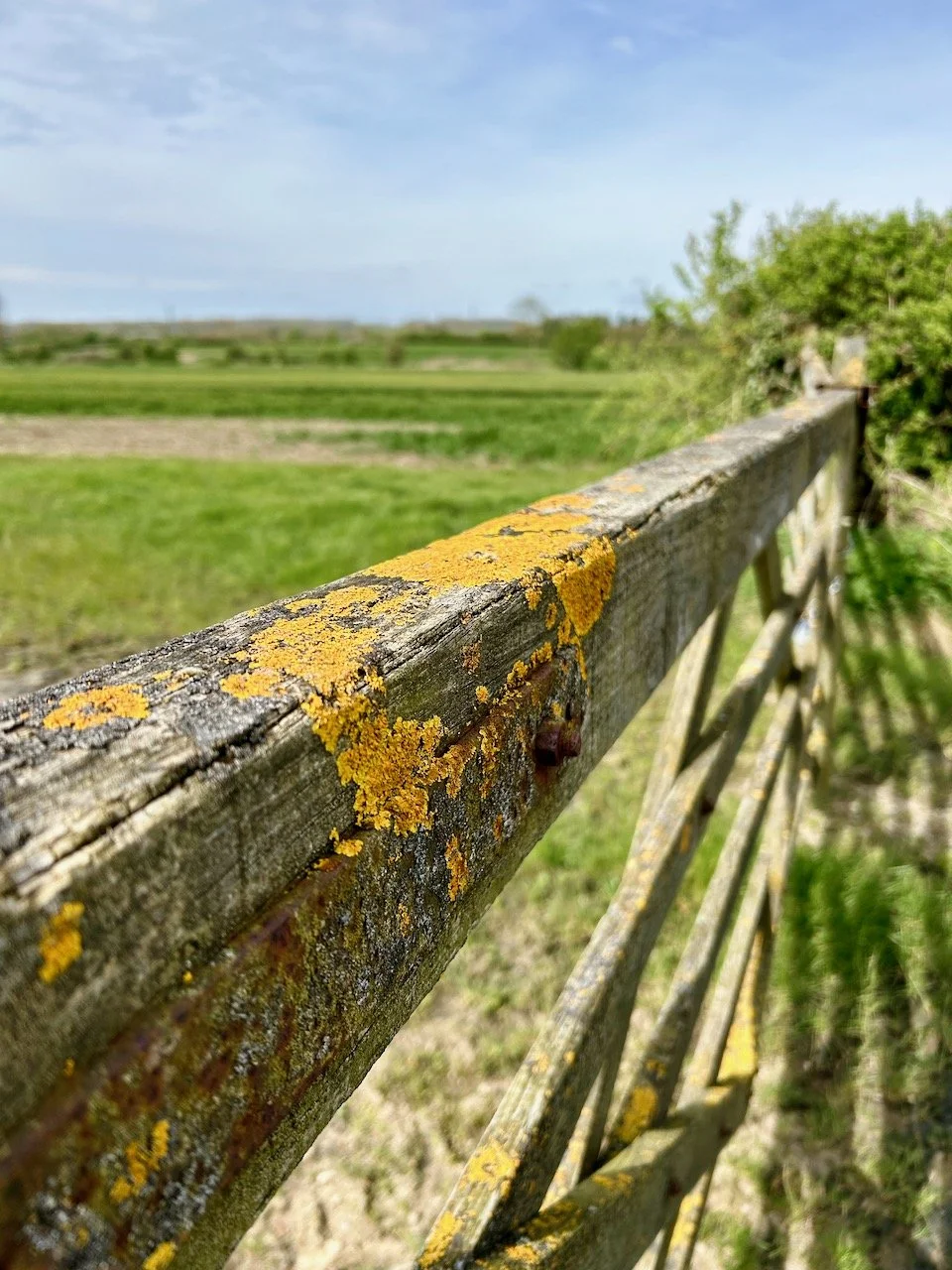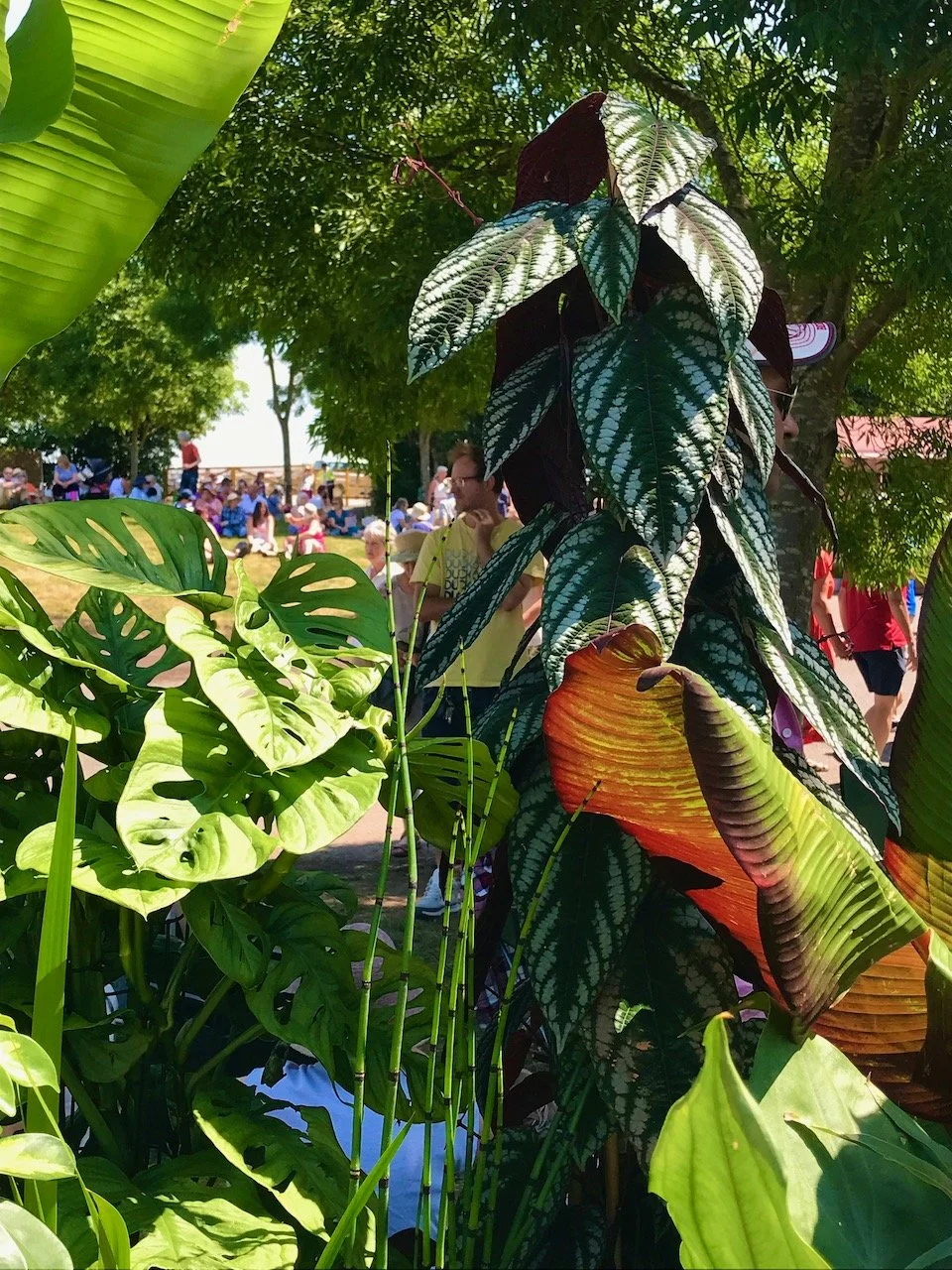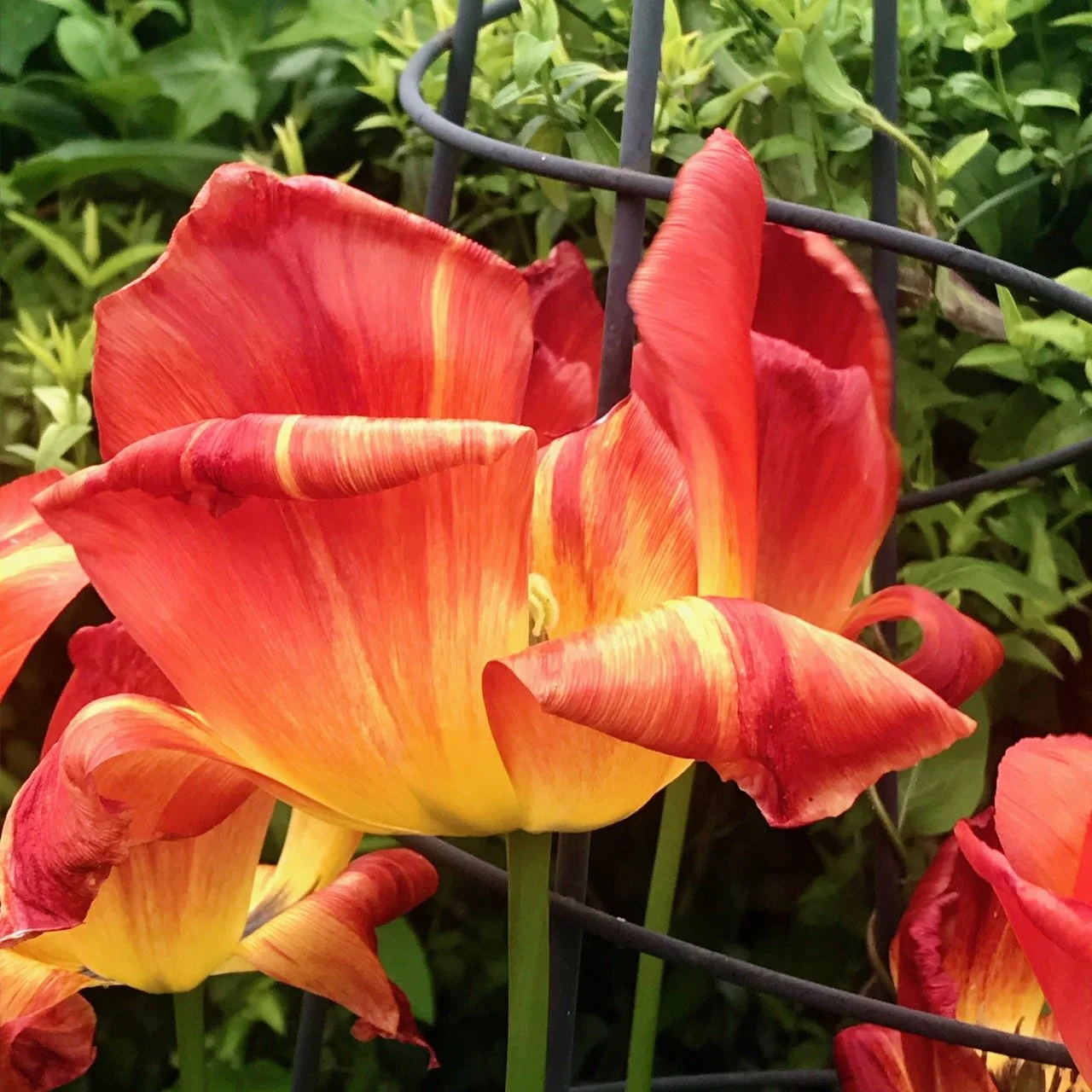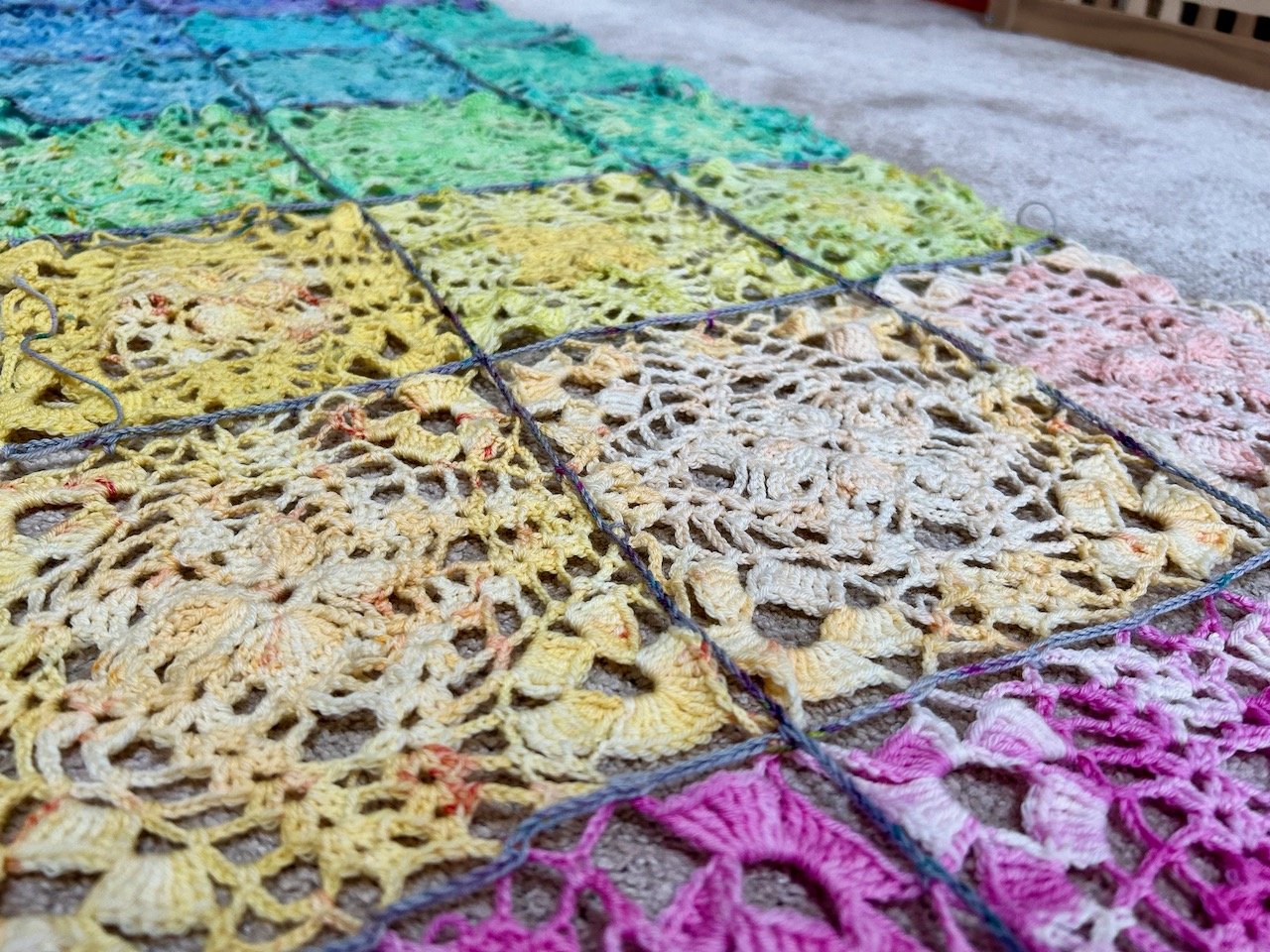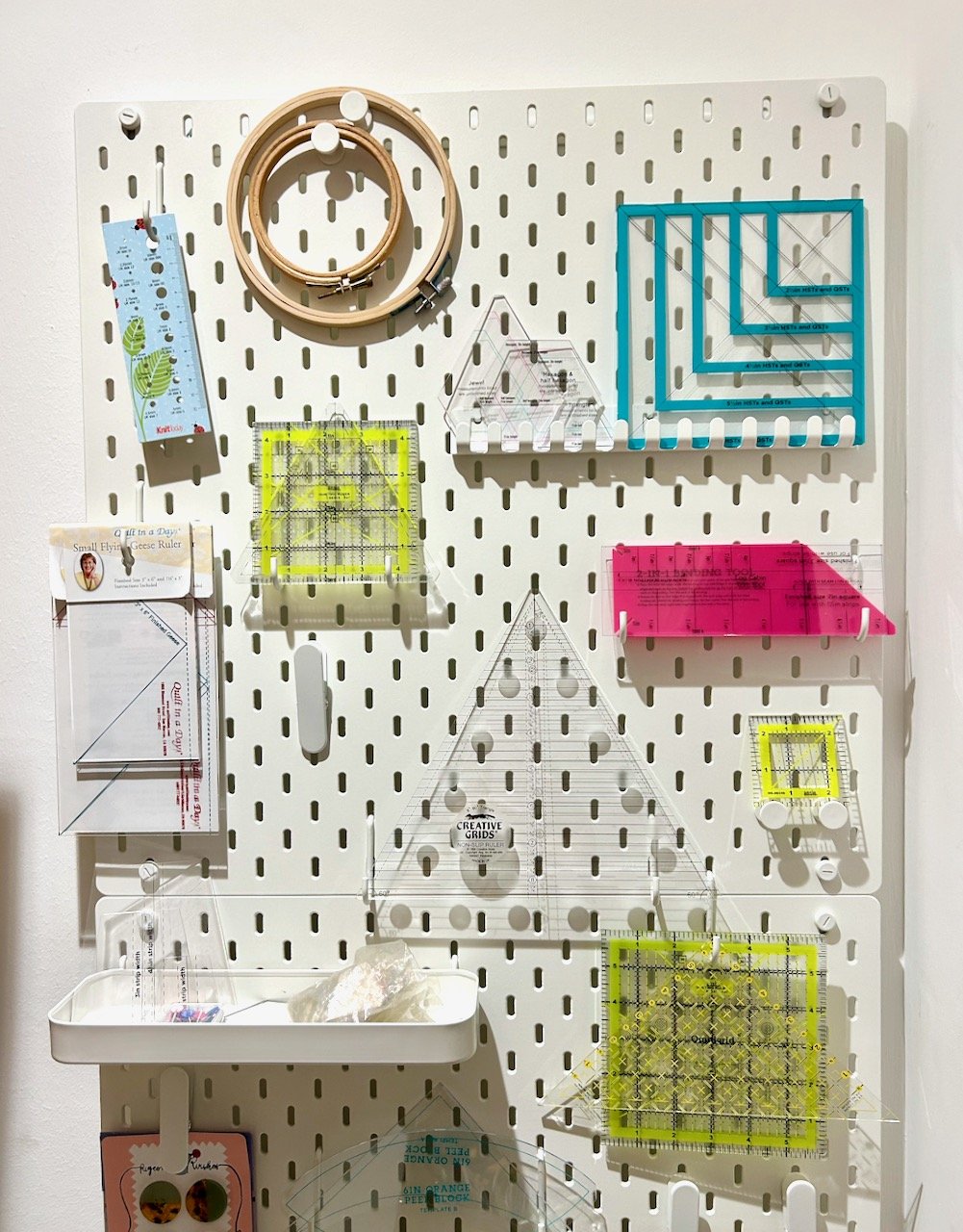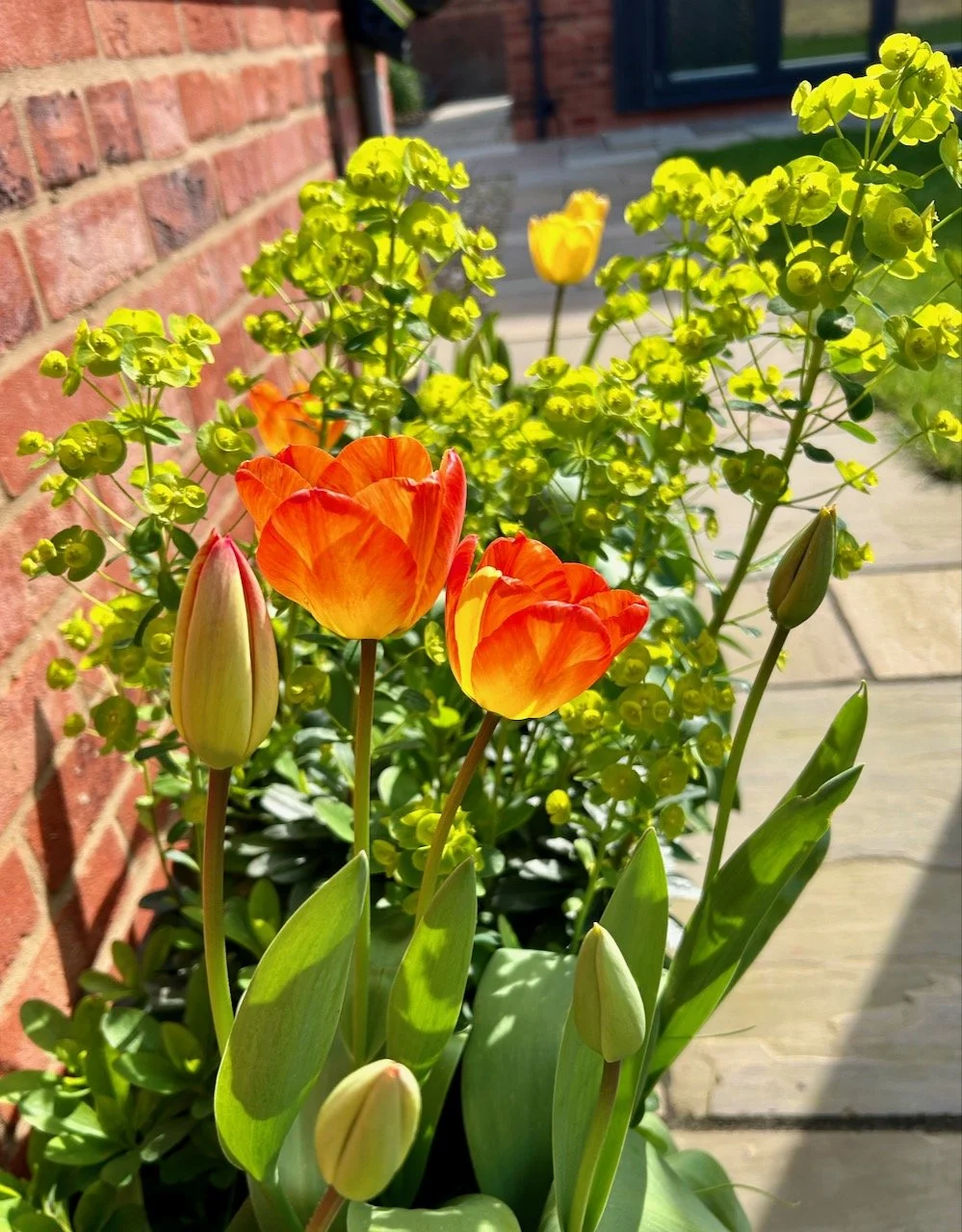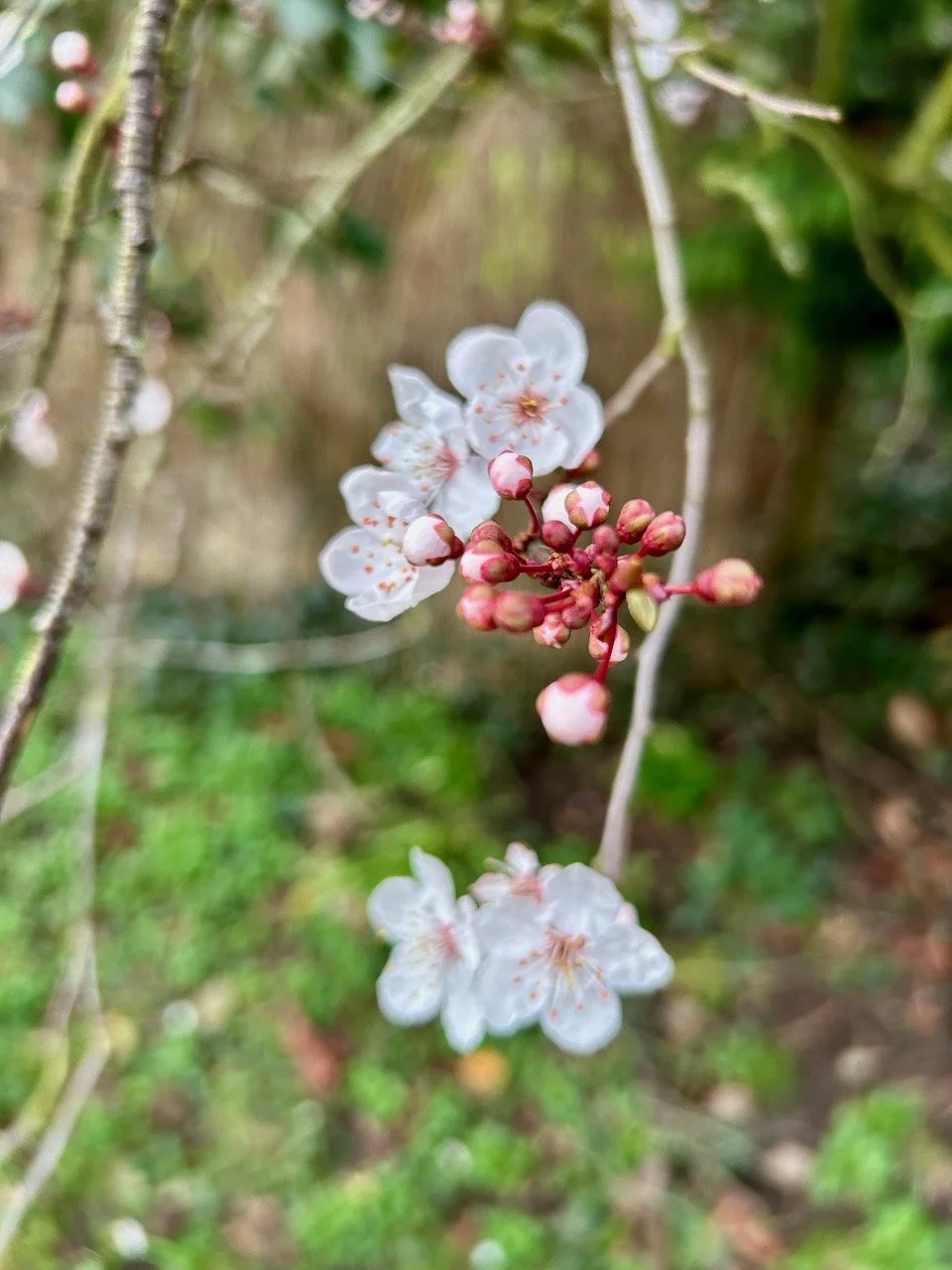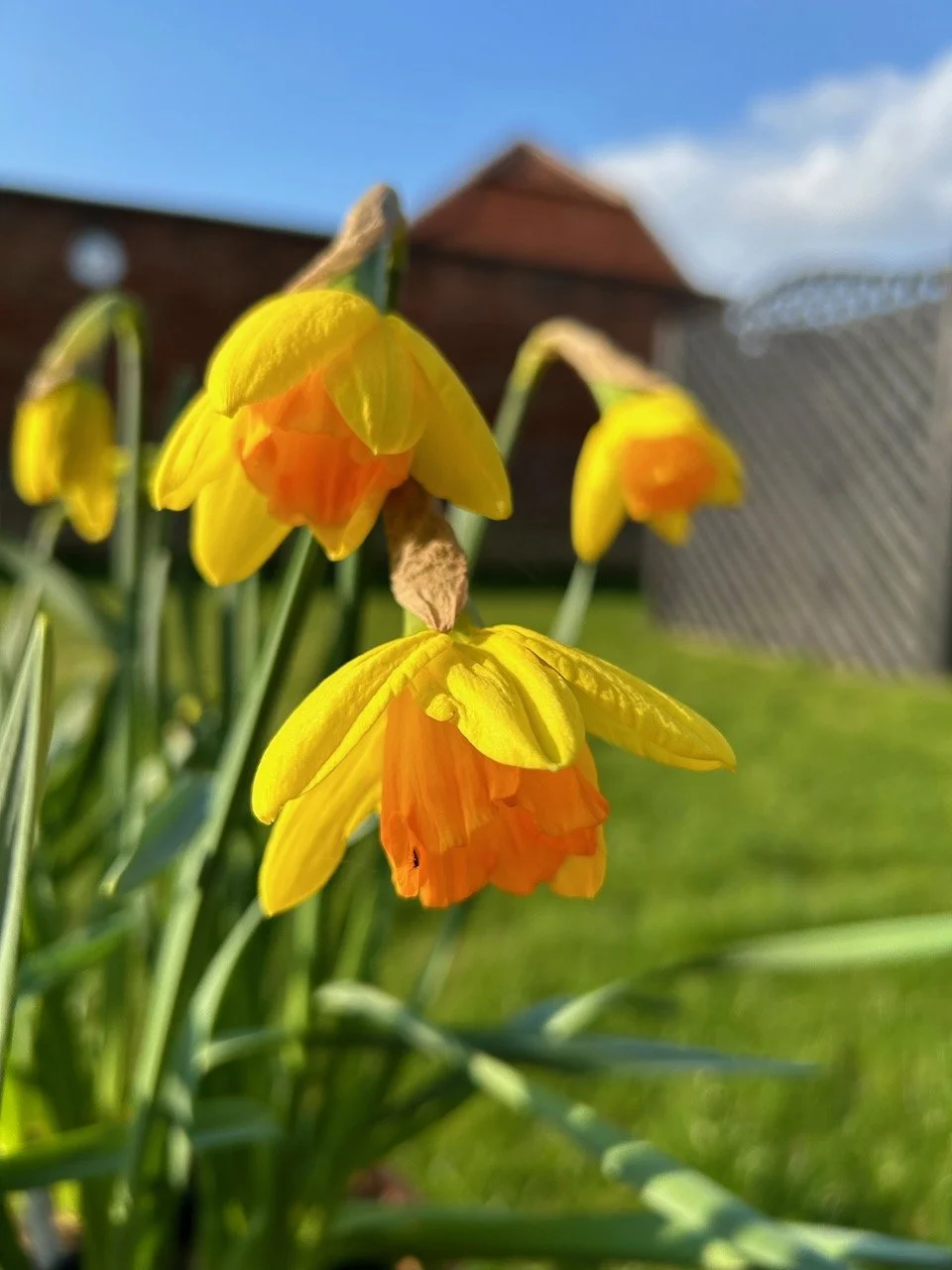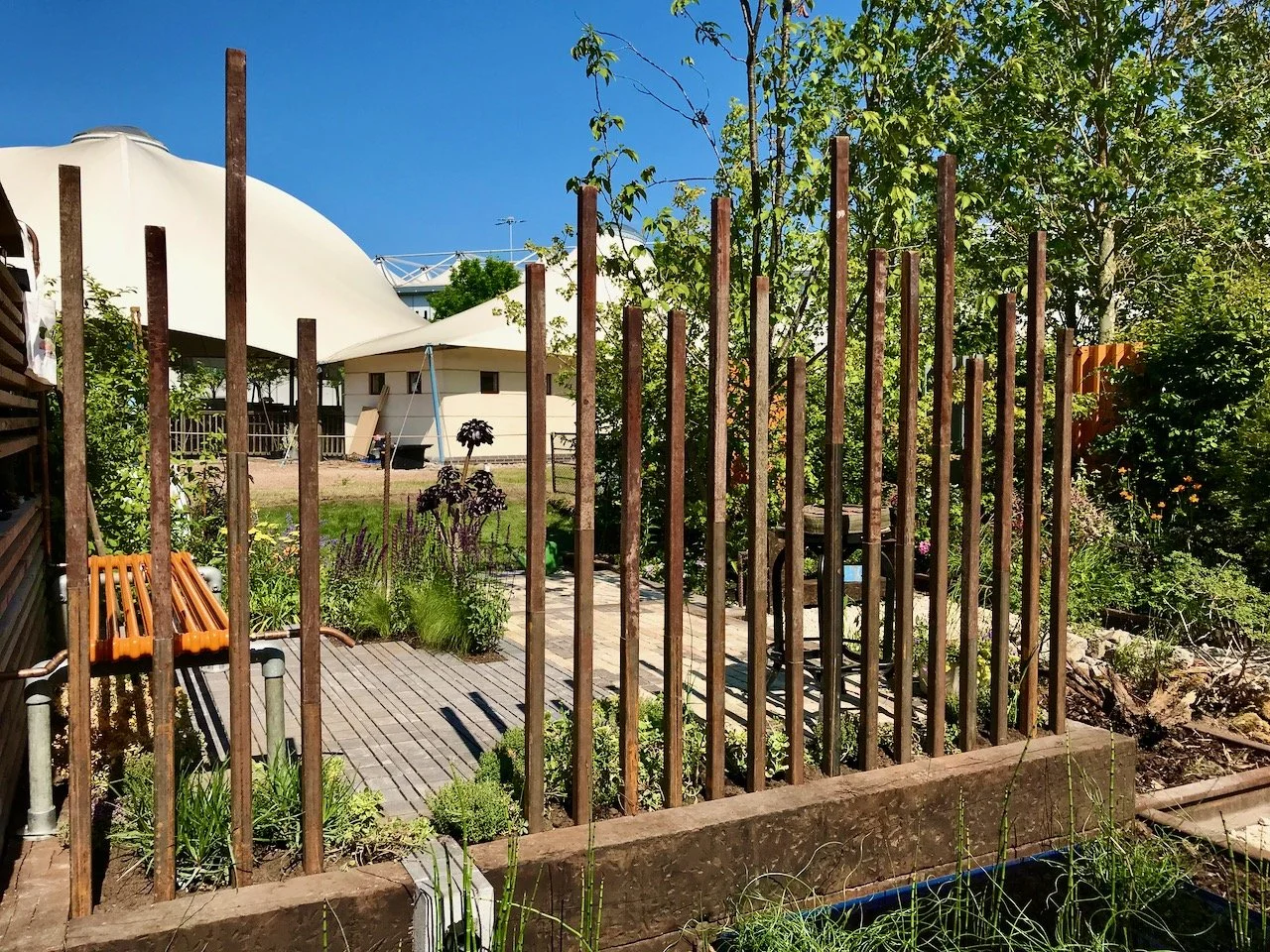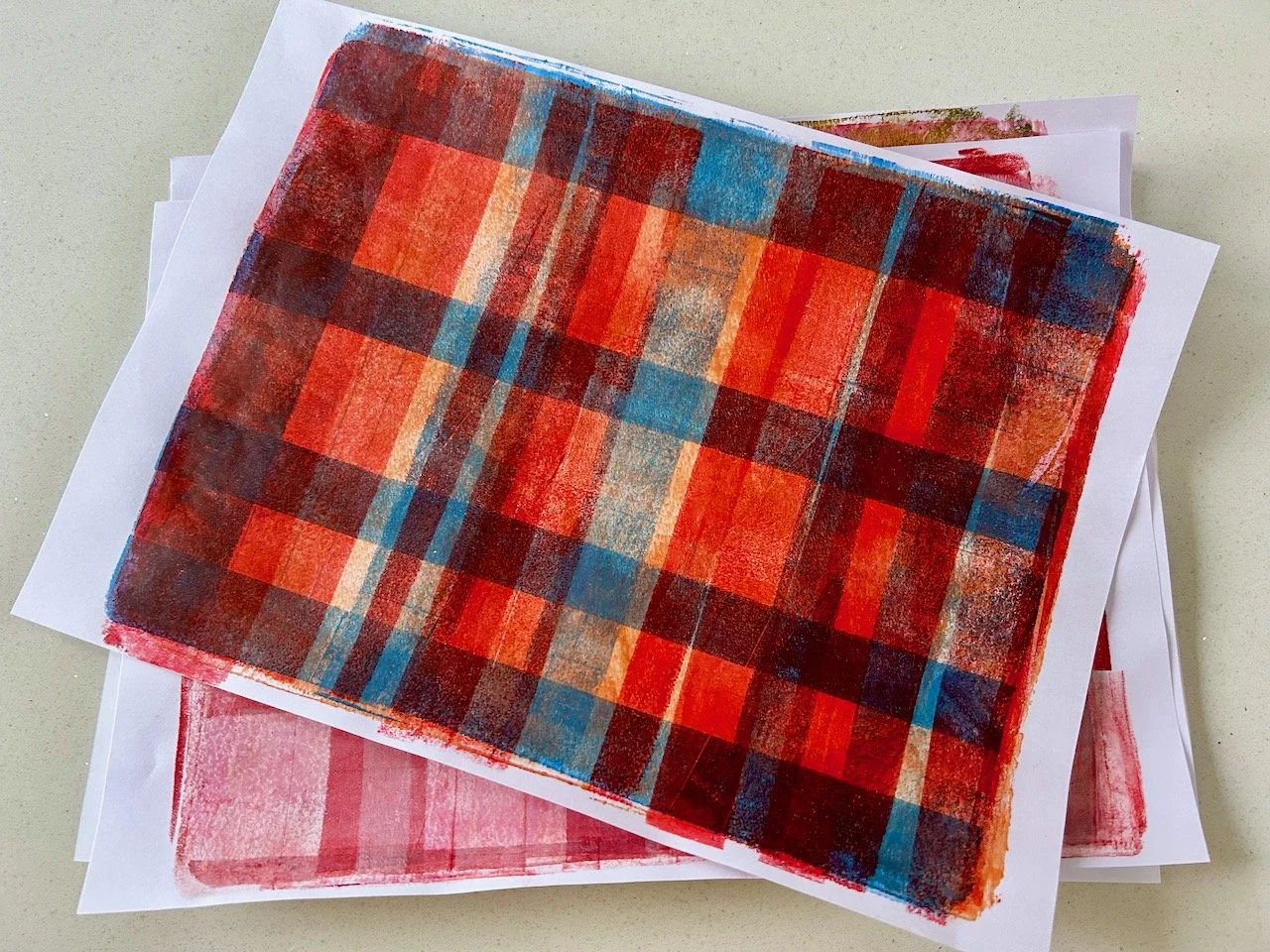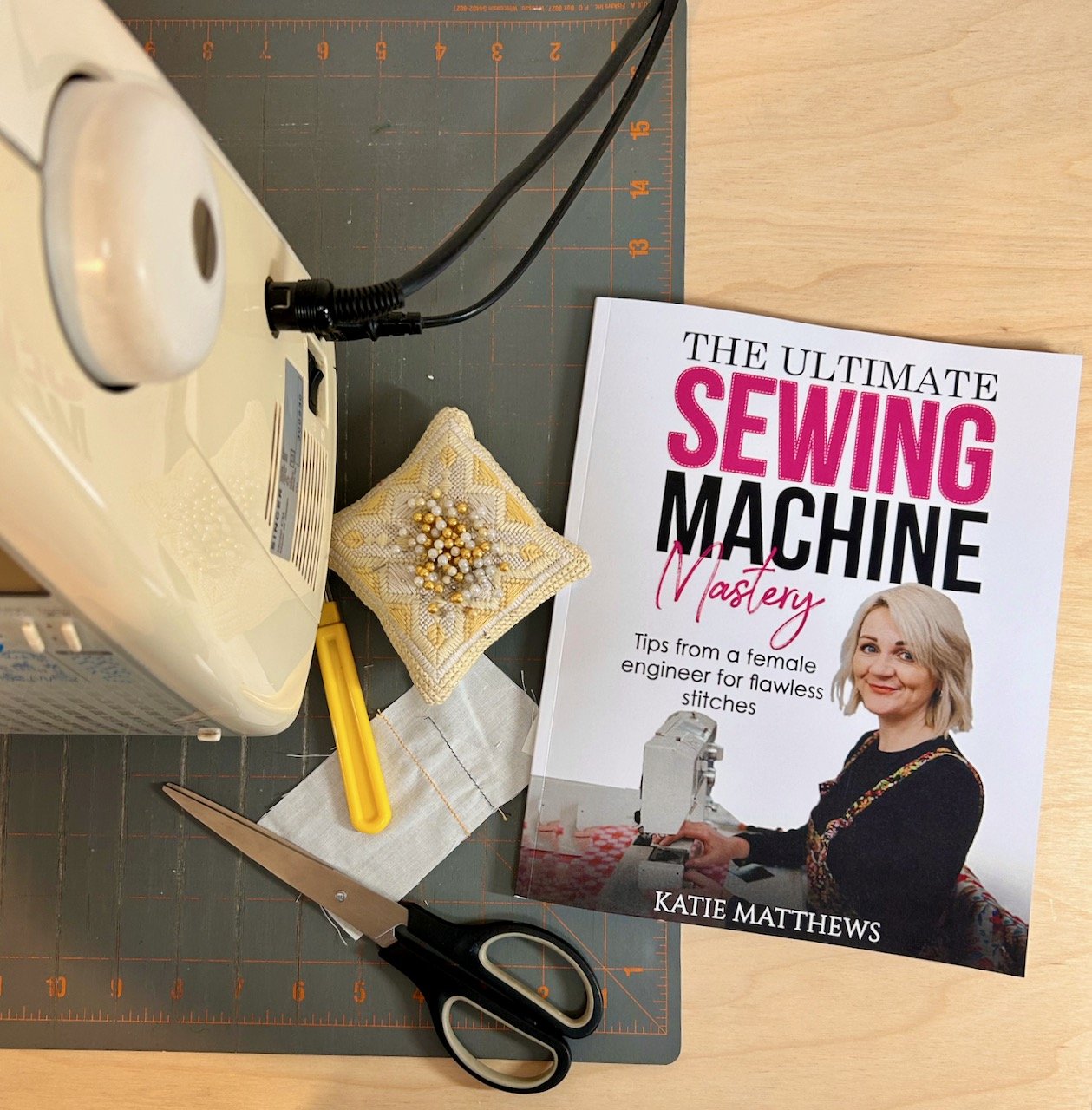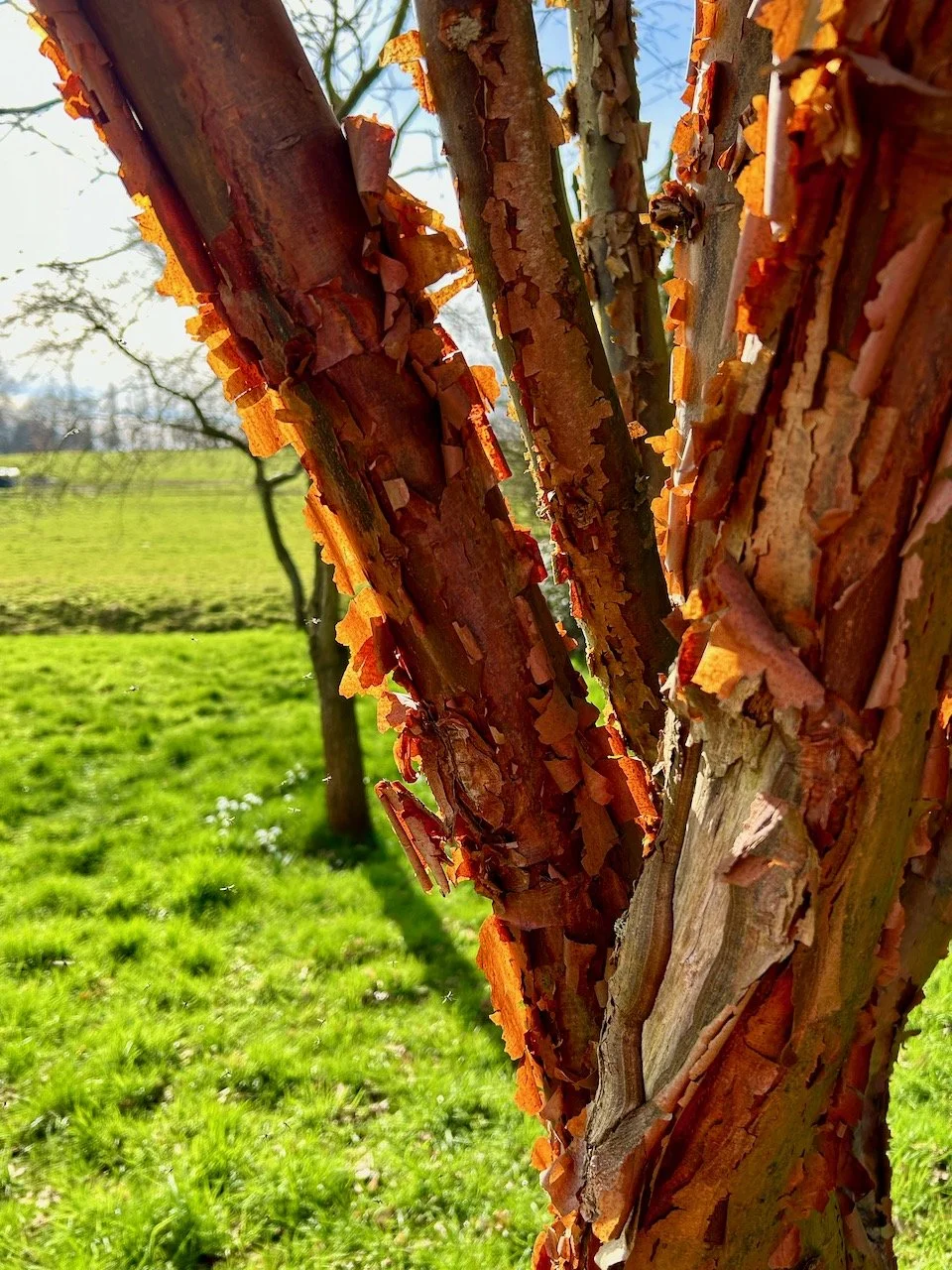You'll have seen the second picture in this post quite recently (if not I shared it in the second part of my 2017 in photos) but it was only this last weekend that It dawned on me that it looked quite different. This is what it looks like now.
Scroll down and you'll see not only is it smaller, but it's now also much greener, but there are also babies. I promise you it's the same plant.
I never realised this was a thing. But apparently it is. I know that now, thanks to reassurance from the internet. Succulents can change colour, as mine has, when there's less sunlight about, so that makes sense doesn't it?
Even though it's in our conservatory, there has definitely been less sunlight. But you know what, now I'm curious to find out if it'll change back to pink when the sun is around. Do you know? Have you experienced this? I'm curious. And quite impatient to find out...


